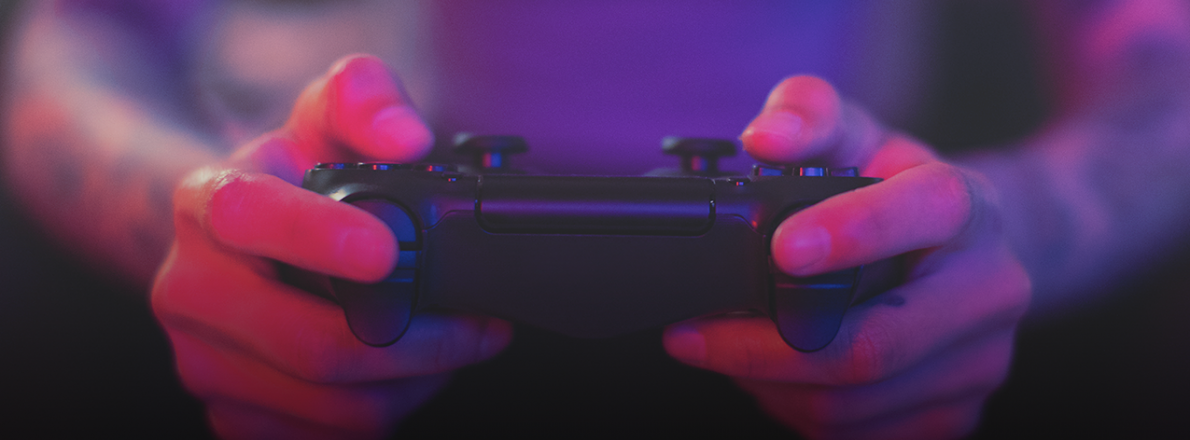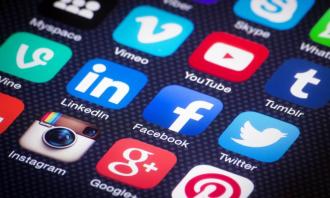


Nissrine Fessikh
09-07-2021 6 min readWARC: An expertise for the benefit of marketing strategies
WARC provides the latest evidence, expertise, and advice to give marketers confidence in their strategy and spending.
The gaming and esports market has attracted more attention from more brands in recent years. And when we talk about games, we are referring specifically to video games, but while there is a lot of interest from marketers, we have also observed some reluctance to venture into an arena that seems closed and even niche, as stereotypes about gamers still persist. Not to mention that the sheer number of games available on the market can be disorienting for anyone to try to figure out.
Here are four stages of potential brand engagement ranked by the level of investment and commitment required from marketers. Targeting the gaming audience may not be the most effective path for all brands, but the continued growth and maturity of the space means that for more brands in more categories, does this becomes a viable solution that deserves to be considered.
The 4 stages of brand involvement, classified by level of investment and commitment (Source: WARC)
Step 1: In-game advertising
If you're brand new to video games but want to get your foot in the door. The easiest first step is to include it as a channel in your media plans.
This was not the case a decade ago, but today it is much easier for brands to get their ads in gaming environments. Depending on the market and access to inventory, it is fairly enough to place ads on multiple games, targeted to your preferred audience profile, context, and location. And you even buy familiar formats like display banners, videos, and interactive ads.
- Purchasing mechanisms have intensified: Inventory can be purchased programmatically to serve ads in real-time.
- Advertisers can also be more specific about who they reach by adding layers of targeting to their campaigns through DMP integrations.
- In addition to placing contextual ads, brands can target based on device, location, demographics, and a plethora of behavioral data points.
- Familiar ad formats now exist: Buyers can purchase a familiar range of formats they are accustomed to rolling out across other digital channels, such as standard IAB and custom display banners, video formats, logos, audio, and interactive ads.
Step 2: Collaboration and in-game content
The next level would be collaboration and the content in the game. This is where brands would work with game developers in order to publish content or special activities for the gaming community or perhaps work within a platform-form or play environment to run awareness efforts.
Players are receptive to branded content as long as it adds to the user experience.
Many of the best examples can be found in Fortnite, where co-branding is additive and authentic to the core gaming experience. For example, American rapper Travis Scott attracted a live audience of over 12 million music fans for his in-game concert.
This created the model for other games to enable brand experiences that get consumers talking, without interrupting their game with irrelevant communications.
Step 3: Connecting with the community
Which brings us to the next level. I would say that it's easier to partner with a game developer than it is to try to establish an authentic relationship with the community that surrounds any game title. Because gamers have a very low tolerance for any branding effort that they perceive as superficial or, worse, irrelevant.
Gaming culture exists far beyond the game
- Gamers are gathered by hundreds of millions on forums and streaming platforms to supplement their gaming experience. These have been critical to the growth of the industry in recent years, especially in regions like Southeast Asia.
- A new generation of gaming influencers has emerged. These influencers stream live or on-demand gaming content via platforms such as Twitch, YouTube, and Facebook Gaming. The top streamers are amassing tens of millions of subscribers and providing another advertising and sponsorship opportunity for brands.
Step 4: Betting on Esport
We are coming to the last boss step in the esports world. Esports is not new, but it has grown rapidly in size and scope over the past few years. What is new is the interest and involvement of brands beyond those endemic to the industry. In the past, electronics brands dominated the brand partnership scene with the likes of Intel, Razor, Alienware, and Microsoft. Today, non-endemic brands are making their presence felt. From luxury fashion brands like Louis Vuitton to dating apps like Tinder.

Global evolution of Esports revenues by segment. (Source: WARC Data)
Brands can partner with teams or individual players through sponsorship deals in the same way as conventional sports. And this has been the dominant path to esports for many, with investment in esports sponsorship alone expected to reach more than $640 million worldwide this year. In addition, other methods such as media rights, merchandising, digital content, and streaming are also growing. Esports is a big business and it's here to stay.
Don't miss any news, subscribe now!
Related articles
Publications recommandées





